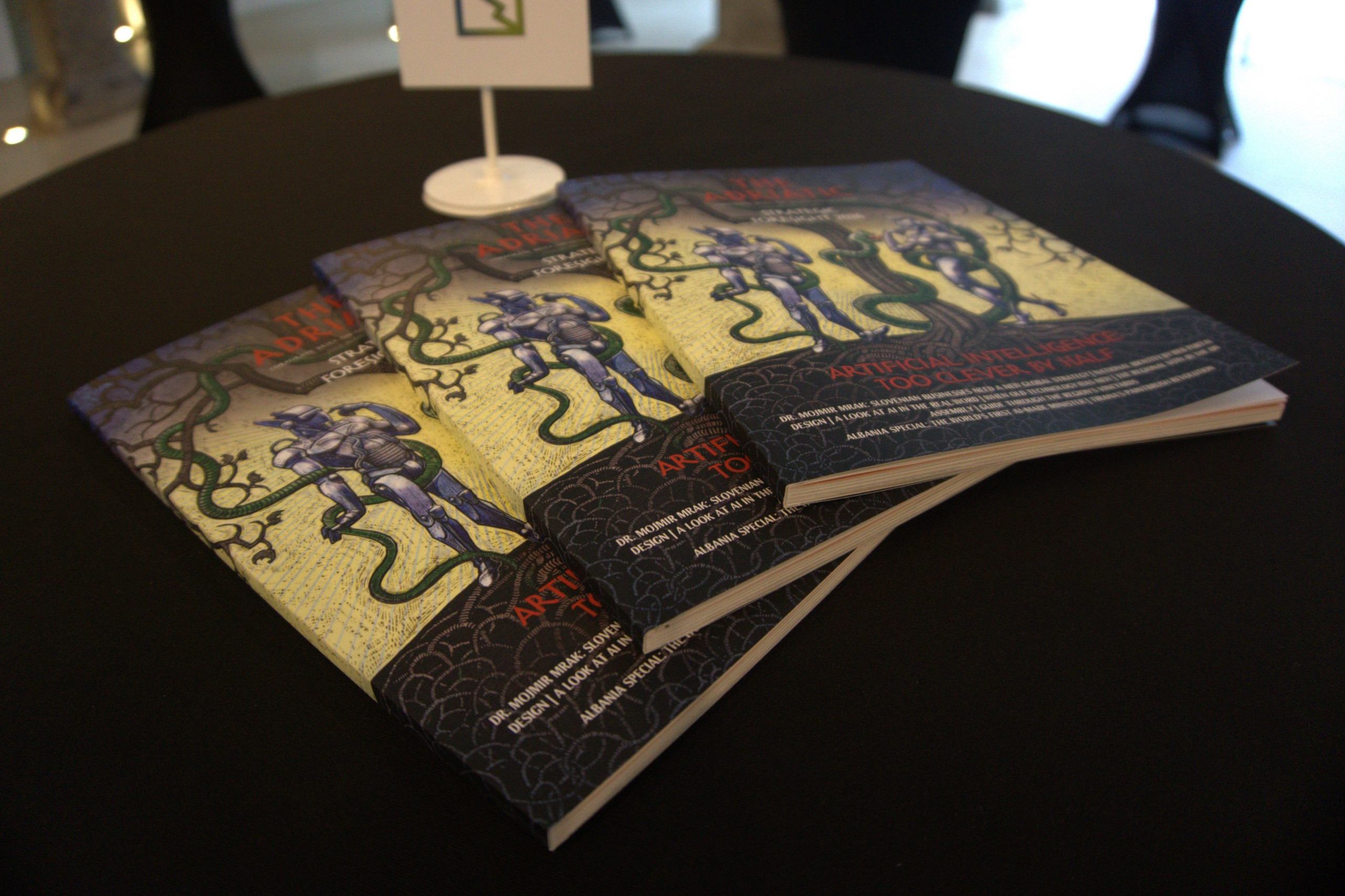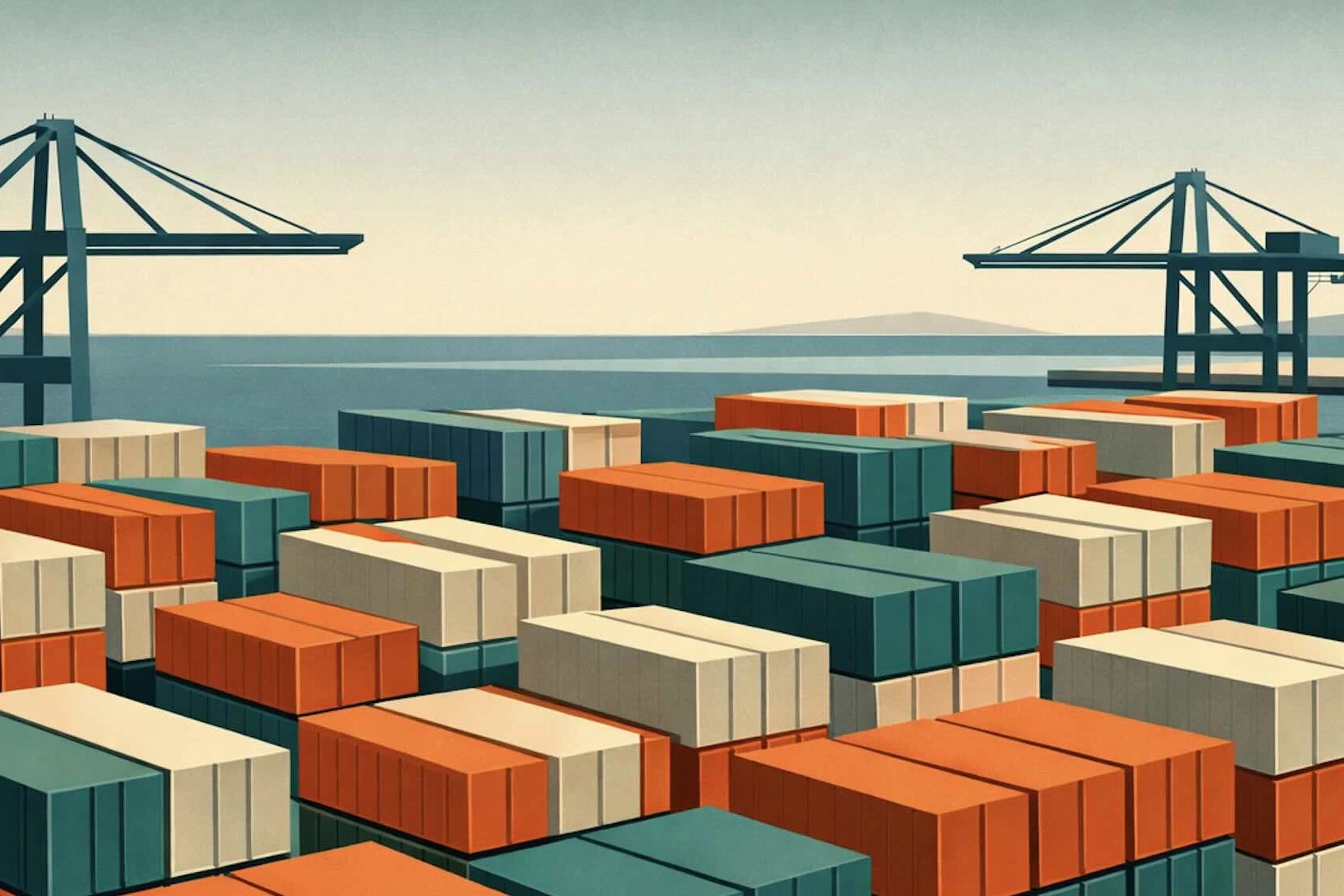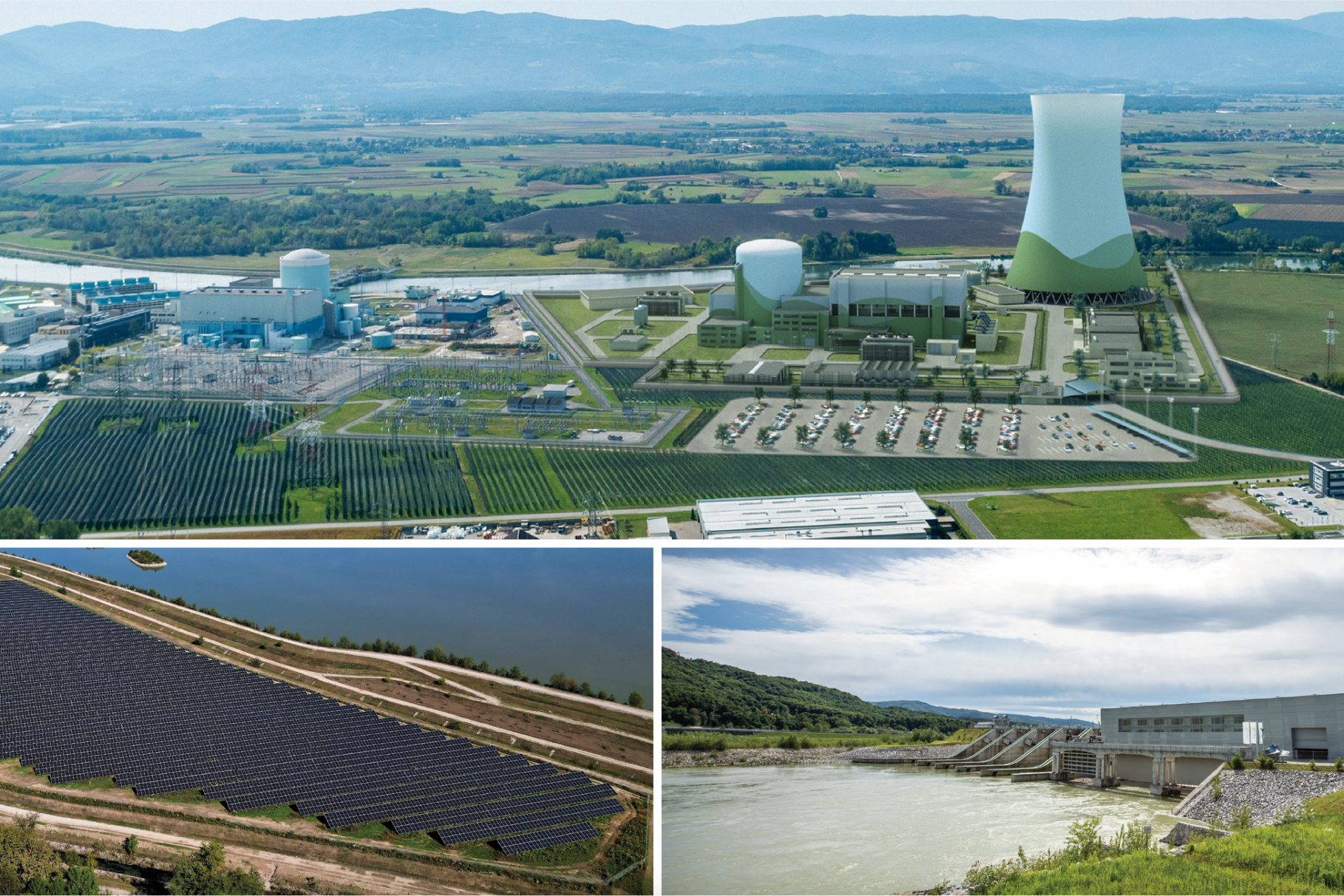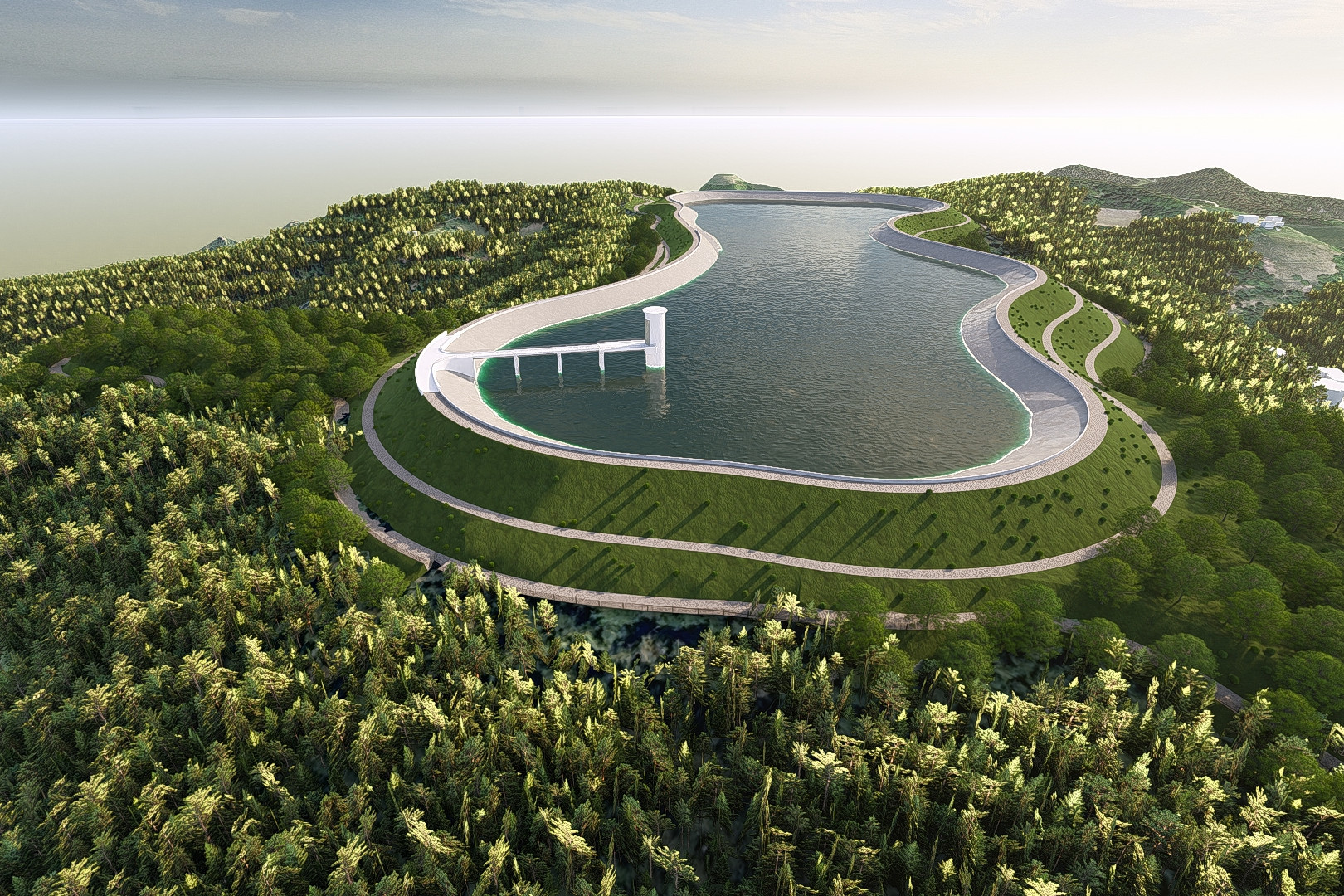The forgotten pioneer of a popular form of data visualisation
Jure Stojan, DPhil
“Sparklines are small, intense, word-sized graphics with typographic resolution”, writes Edward Tufte, a guru of data visualization and information design. He is also widely recognized as the father of sparklines, outlining their core principle (“Graphics can be shrunk way down”) in his 1983 textbook The Visual Display of Quantitative Information.
Sparklines also led to a clash between Tufte and Microsoft when the software company tried to patent the concept in 2008. This form of visualisation is typically used to present trends and variations associated with some measurement (such as financial market movements or patient vital signs). Unlike typical charts, sparklines are meant to be grouped together or embedded in text, allowing for efficient communication of data trends and patterns without the need for detailed analysis.
Interestingly, an early precursor to sparklines can be traced back to the work of Arthur Schwäger Freiherr von Hohenbruck (1837–1902), an Austrian aristocrat (baron) and botanist (today, the gentleman is mostly remembered as the husband of the women’s rights activist Prisca von Hohenbruck). In an article of 1898, von Hohenbruck used small bar charts within the cells of a larger statistical table, comparing the yield of the 1897 wheat harvest with the average of the preceding ten years.
From a quick analysis of the data visualisation, one can observe that there are differences in the wheat production across different regions of the Austrian crownlands. These included several parts of the Adriatic (Krain – Carniola, now a major part of Slovenia; Görz – Gorizia, a region named after a border town in what is today Italy but otherwise shared with Slovenia; Istrien – Istria, currently divided between Italy, Croatia, and Slovenia; as well as Dalmatien – Dalmatia, now part of Croatia). Despite the varied and sometimes quite productive yields of these individual regions, their combined contribution was a small fraction of Austria’s total yield, highlighting the vast agricultural output of the other regions within the empire.
Source: Statistische Monatsschrift (the official organ of the Statistische Zentralkommission, the Imperial-and-Royal Statistical Commission), January 1898
THE ADRIATIC
This article was originally published in The Adriatic Journal: Strategic Foresight 2024
If you want a copy, please contact us at info@adriaticjournal.com.









